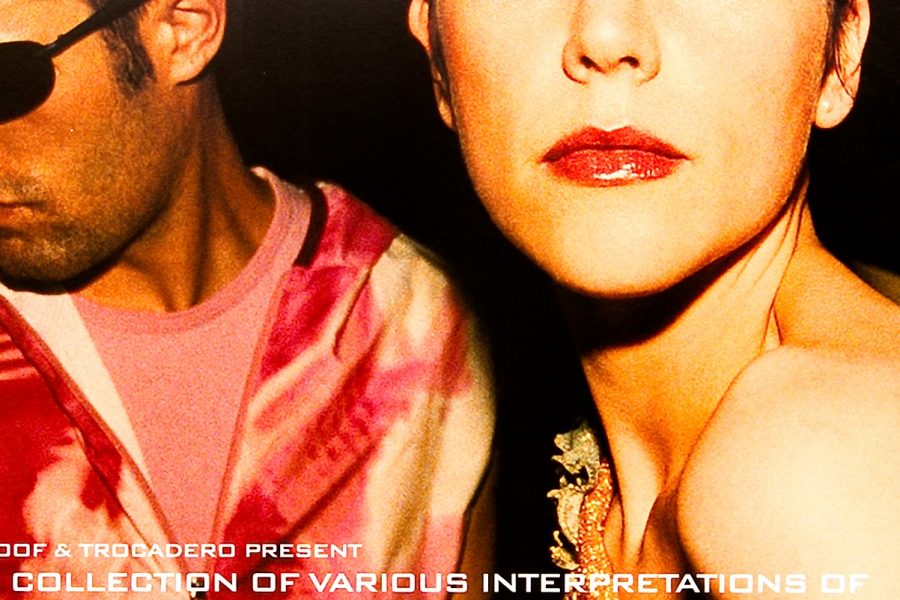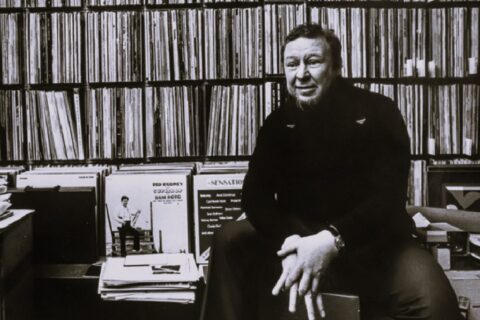What drives artists like Ray Charles with Nathalie Cole or Celine Dion (both in 2004) or Bette Middler (2005) to record their versions of Fever – a song that was already covered by just about everybody in the music business – from Elvis Presley, Peggy Lee, James Brown, Buddy Guy, The Doors, Elvis Costello, Burt Bacharach, Nina Hagen, Madonna, Bill Wyman, Shirley Horn, Chaka Khan, Greatful Dead, The Jam, The Neville Brothers, Tom Jones, Amanda Lear, Tina Turner, Isaac Hayes, Boney M., Suzy Quatro, Eno, T-Bone Walker, David Cassidy, Quincy Jones, Bobby Blue Bland, Sonny Stitt, Sarah Vaughan, Herbie Mann, Kenny Burrell or Jimmy Smith – just to name a few?
Did they all think that the final, the ultimate version of fever has not yet been recorded? And why does a plethora of lesser-known musicians believe they could actually really improve the work of the great artists named above – and risk to fail miserably?
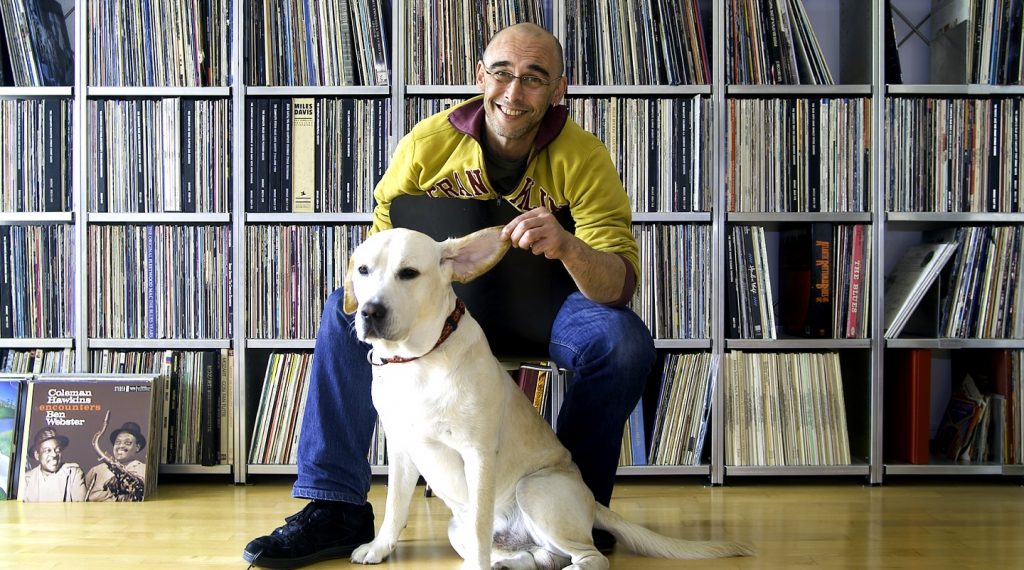
Thus asks the feverish audiophile and FEVER specialist Christian Rintelen – and has answers. The interview was carried out a while ago (Issue 3 of the Inner paper mag). Since then Christian’s collection of Fever covers has grown substantially, although at a less feverish pace.
Inner: Fever’s been subject to countless cover songs, but it’s not in Top 10, many songs by The Beatles, e.g., being covered even more frequently. Would you say that the popularity of the Fever shares the same origin as the popularity of other favourite cover songs? And if so, what’s the origin?
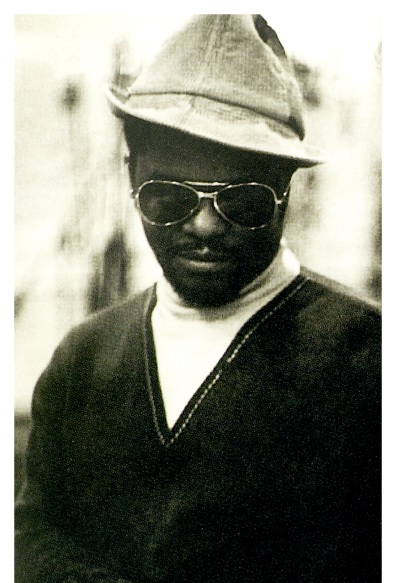
– What an easy question to start with … ! Believe me, if I knew how to make a hit out of a song — I’d certainly not tell you, or anybody else! It’s well known, that today, hits are made. All it takes is the right producer with the right artist with the right record company with the right promo … and of course with the right song, the song being the least important ingredient, as it so often seems. I doubt that the authors of Fever — Otis Blackwell and Eddie Cooley — knew they had written a hit when Little Willie John first recorded their song. But then again, why would Blackwell have published Fever using ”Davenport” — his stepfather’s name — as a nom de plume? You don’t do this without having a hunch that Fever could be a hit.
Inner: Can you think of something specific to Fever that could explain its widespread use as a cover? Just anything? Flexibility?
– I’ll take a wild guess: It was a combination of being at the right time at the right place. Just look what happened to the song in the first couple of years: It was first recorded as a rhythm’n’bluesy soul ballad by Little Willie John in 1956 and became a minor hit in the R&B-charts, best ranking 14 or so. In the same year, Max Bennett, the bass player for Peggy Lee, Frank Zappa and whatnot, heard the song performed in a blues joint in Vegas and told Peggy Lee about it. She rearranged, and rewrote the song into the swinging jazz tune and published Fever in 1958. The song became an instant jazz standard. Two years later Elvis Presley was released from the Army and desperately needed to get his career going again. He recorded Fever with a R’n’R beat for his 1960 comeback album. Within four years Fever went from soul to jazz to rock’n’roll — always finding a new public that liked the typical groove of fever. But to answer your question: I think it’s Peggy Lee’s stripped-to-the-bone arrangement … most probably the first drum & bass recording … with only a bass, a simple drum, and some finger snapping. It was so simple, it just begged to be covered. A mixture of coolness and emotion, as Jonathan Fischer writes in his liner notes to a Fever sampler.
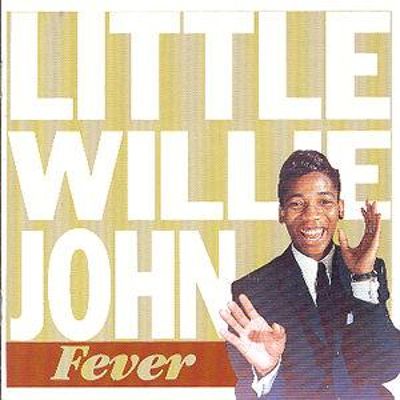
Inner: How many of the cover versions are simply riding on the ingenuity of the original Fever, or of the early covers, or the other way round, how many are done for more artistic reasons, reworking it to exemplify new approach to music?
– Of my collection I rated 130 with four or five stars. I’d say 70 or so can claim some kind of
originality. And about the same number of versions are … well, crap and filler.
Inner: What’s your 2 cents on the issue of the so called ’original version’? Not necessarily the most influential version ever?
– Now that’s a tough one … Otis Blackwell has recorded and published three different solo versions of “his” song plus one together with Eddie Cooley. In some way, I consider these recordings “originals” because who, if not the composer, is entitled to record the “original” version? But Blackwell’s versions were recorded after – and clearly influenced by – Little Willie John’s, Peggy Lee’s and Elvis’ success. For me, Little Willie John’s Fever is the original and the most influential for all later Blues and R&B versions. To all other versions, Peggy Lee’s re-arranged Fever is the most influential ever.
Inner: Does one need to ask what the song is about? Blunt sexual love? Sweetness of it? Evolutionary psychology? Something else?
– Which version are you talking about? .. hehe … The original ”black” version is about sex, longing for sex and ”fever all through the night”. Peggy Lee sanitized, or bleached, if you like, the lyrics and replaced the longing with lasciviousness. And Elvis truly earns his nickname ”the Pelvis” with a super-sexy version — the cooler the fever, the hotter the sizzle. But very obviously, Eddie Cooley ain’t no Chuck Berry when it comes to great lyrics.
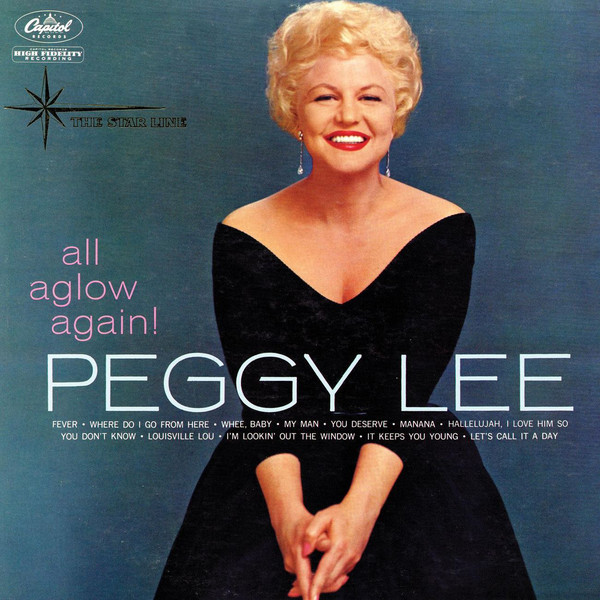
Inner: In the end of the song, the protagonist says, in one variant of the lyrics: “Now you’ve listened to my story / Here’s the point that I have made / Cats were born to give chicks fever …” Point? What point? Isn’t the whole song just one damn point?
– Of course! But isn’t life about reproduction and the accompanied fever?! But what a difference it makes whether a cat or a chick sings these words!
Inner: Supposing the great popularity of Peggy Lee’s or Elvis’ version could be explained by American inhibited middle-class sexual life in the 1950s and 1960s. Why does the song appeal people in other cultures and later generations?
– I think it’s the mixture — lasciviousness and double-entendre. Just listen to blues and R&B of Eisenhower era, these songs are chocked full of more or less obvious sexuality in their language. Nina Simone’s “I want some sugar in my bowl” comes to mind. From that
perspective Fever is just another cat in a dark alley.
Inner: Say something clever about the music of Fever.
– What do you want me to say … That the bass should be heard as a heart beat full of anticipation, intensifying and with those small changes in rhythm that we all know too well. That the good versions manage to let you feel this heat building up both with the singer’s voice – not the lyrics! -, and the interplay between bass and drum. That crappy versions in comparison combine a bored singer with a lukewarm rhythm section.
Inner: Something like that … very good.
– It’s essential that the singer has to either cry out or understate the fever, the rhythm section including the finger snapping have to be just a hair behind the singer to make the whole soup sizzle, and strings should have a tendency to turn coolness into syrup. As for tempo, any speed between Elvis’ live and La Lupe’s Spanish interpretations make a superb fever.
Inner: Of all the musical styles, which in your mind, is least suited to the song?
– I don’t think that there will ever be a great classical rendition of Fever. And the various a capella Fevers aren’t really feverish.
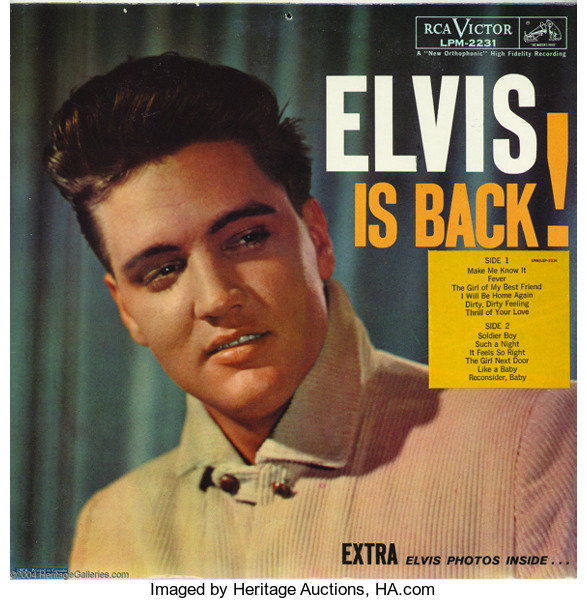
Inner: Fine, Christian, let’s move on to Why did YOU choose Fever, of all the covered songs in the universe? But before that I’d like to know whether you’ve always been up to collecting something? Butterflies, stamps, the bottle tops etc.?
– As a kid, I collected remarks for bad behaviour in school. Besides Fever, I’m not so much a collector but more the prototypical guy who can’t let go, of books, records, cameras, vacuum tubes, pick-ups etc.
Inner: So why then Fever?
– That’s a story worth telling! In the early 90s I edited a HiFi mag and Elvis’ Fever was one of my test records — if a speaker, amp, turntable or what couldn’t make my feet tap, it wasn’t worth listening. And good systems made the finger snapping an experience per se. When I wrote about Elvis’ finger snapping in a review, I received letters claiming, these weren’t fingers but wooden sticks… I listened to another pressing of ”Elvis is back”—and was floored: The LP pressed in the late 70s was so incredibly over-EQ’d that the fingers really sounded like wooden sticks! I have about five or six different pressings of ”Elvis is back” and I like the scratchy mono version best — played of course with a vintage Mono-SPU!
Inner: How many recordings of Fever did you own before you decided to go for collecting them in a more serious manner?
– Hmm… maybe 15? Hard to tell because when I decided to get seriously feverish I discovered at least ten LPs with Fever in my collection which I didn’t remember.
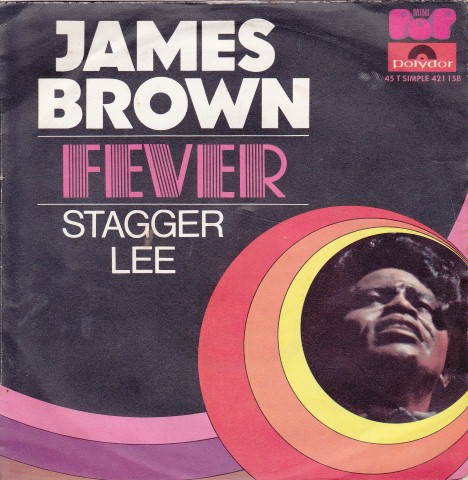
Inner: And how many you own right now?
– More than 1000 versions. Most of the newer versions are just plain bad or boring, and most of the old versions I already have.
Inner: Any idea how many more there are around?
– I know of a few that I don’t yet have. And I want a version by the Rolling Stones, by Prince, by Shaggy, by Muddy Waters and by Chuck Berry, … none of those have recorded Fever to my knowledge, but one never knows!
Inner: Is it difficult nowadays to find new cover versions? How indeed do you find them?
– The web has made the search much, much easier than in the times of fax and overseas calls. Amazon, iTunes, Discogs and Youtube are some of the spots where I continue to stumble across new versions.
Inner: Just any version or do you restrict yourself to some criteria?
– In general I collect any version I find. But I do not need all the 18 re-re-mixes of Madonna’s Fever.
Inner: What have you learned, if anything, about the song whilst collecting new versions?
– Fever is also a perfect example for the musical black/white segregation in the US of A. Starting with Otis Blackwell who wrote more than 1000 songs, among them “All Shook Up”, “Return to Sender”, “Don’t be cruel” or “Great Balls of Fire”, who was at the time of writing Fever a hired song writer not even getting the $ 50.00 per week he was promised. In a 1979 interview he said “I began to write under my stepfather’s name, John Davenport. I felt that if the publishing went through Joe Davis I wouldn’t see any of the royalties.” Next in line Little Willie John who died in prison for allegedly killing a guy twice his size in a bar brawl — and with James Brown being so sad about John’s untimely death that he recorded his own, absolutely killer version of Fever. Or how Peggy Lee sanitized the lyrics, adding Pocahontas and other Americana and at the same time stripped the song to the bare essentials.
Interesting also, how incredibly quick versions in other languages – Kuume, Fieber, Fièvre, Fiebre, Feber etc. – appeared in the time shortly after Peggy Lee published her version — none of them being worth to write home about except for La Lupe’s red hot Spanish Fiebre. Or how popular Madonna’s version was in the gay community — which also adored Peggy Lee. Or Lizzy Mercier Descloux who recorded her French version under the title Tumour — only to die of cancer 20 years later aged 48. Or, or or …
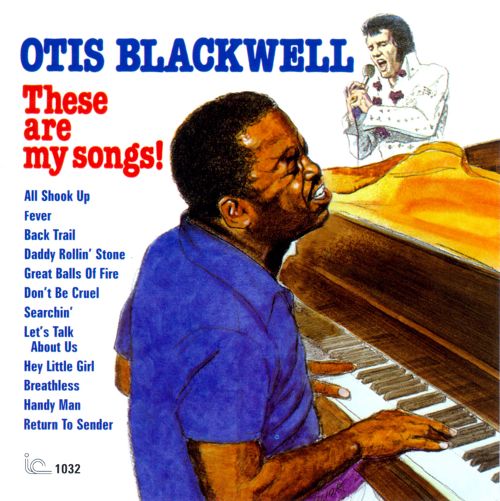
Inner: So good to know about that all. The most humorous version you’ve got?
– I think the Oscar goes to … Fieber by Herbert Knebel’s Affentheater from 1995. Great music and insanely weird lyrics.
Inner: The most melancholic one?
– Some versions of Kuume, Finnish, have the Kaurismäki-melancholia.
Inner: The most idiotic one?
– I could very well live without Amanda Lear’s disco version — which takes bad taste to a new, and admittedly almost ingenious level.
Inner: And finally, … your top five Fever covers? The ones you’d take with you to the moon or to the island of Robinson Crusoe, and why?
– Little Willie John because he was the first. Peggy Lee in a live version because she made the song famous. Elvis Presley because his fever is about as cool and hot as it gets. James Brown because it’s just the most feverish version I know of. And Otis Blackwell’s 1976 blues-rocky version on ”These are my songs”, because that’s how he meant Fever to be sung.
Thanks Christian. Great talking to you!
The complete database of Christian’s collected versions of Fever can be found here:


